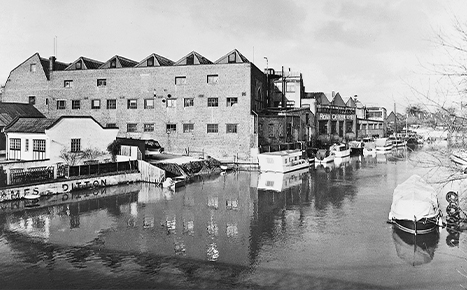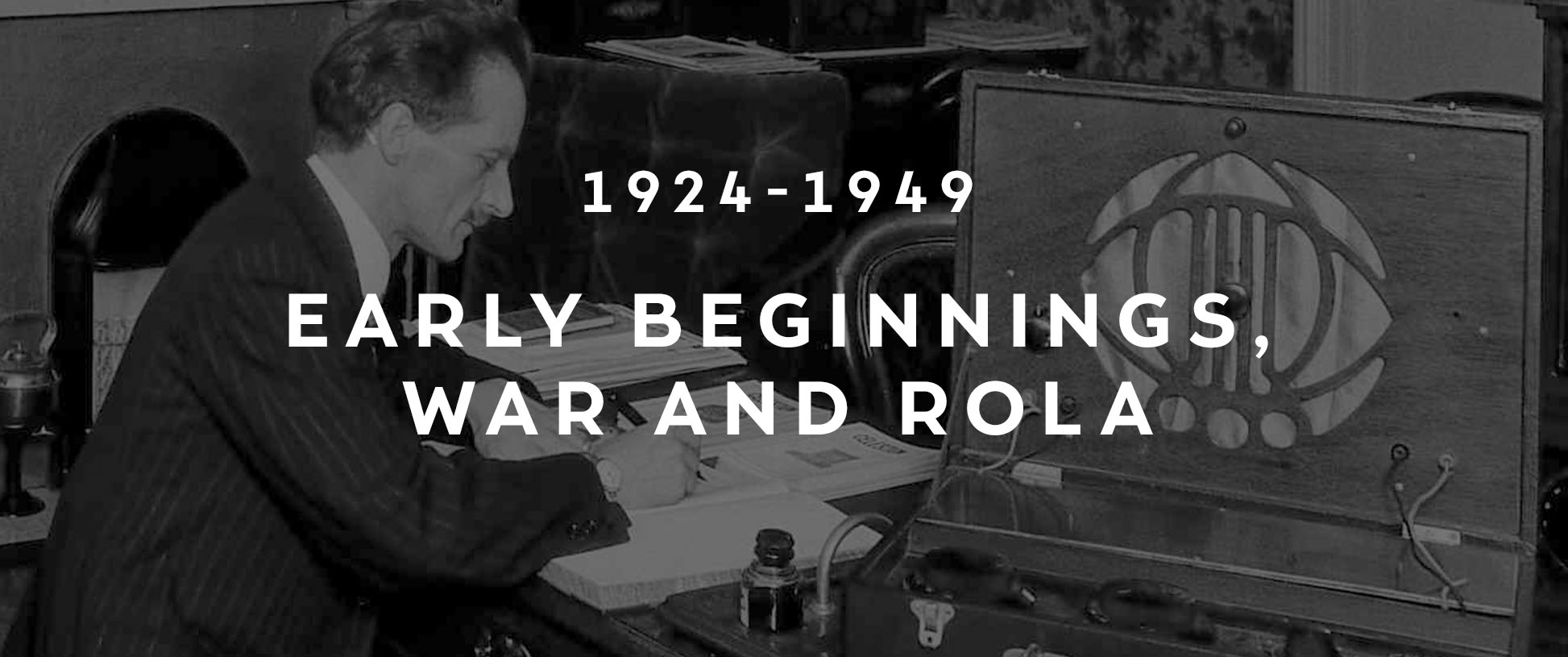Born in the Age of Radio
The British Broadcasting Corporation (BBC) began radio broadcasting on 14 November 1922, on a wavelength of 369 metres with the call sign 2LO. Soon, a growing number of listeners were tuning in on vacuum tube radio receivers with a separate loudspeaker cabinet , often highly decorative and taking pride of place in the lounge or front room: a piece of furniture as much to be displayed as listened to.
Around the same time, former gramophone maker Cyril French, alongside his three brothers, set up a small manufacturing business in the picturesque village of Hampton Wick to the south-west of London. As the boom in radio quickly gathered pace, 1924 saw French working feverishly on improving a design conceived by Eric Vincent Mackintosh for one of the earliest cone loudspeakers.
So it was that 1924 became the year that gave birth to Celestion — initially as the name of a product produced by the French family firm.
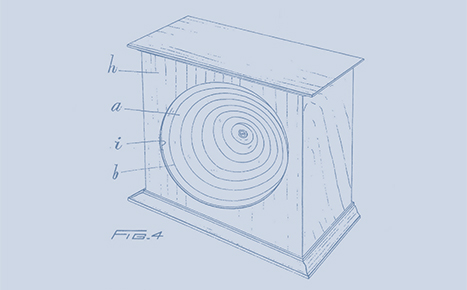
The Very Soul of Music
At the end of 1928, flying under the enduring slogan ‘The Very Soul of Music’, the Celestion Radio Co. was folded into the newly incorporated Celestion Ltd. The original Celestion radiophone had already been followed by a range of extension speakers, with the A1, A2, A3, A4 and A5 quickly coming into production. Boasting ‘British Manufacture Throughout’ and guaranteed for 12 months, the advertising literature of the time highlighted many technical aspects of the speakers that contributed to making them ‘The World’s Super Radiophone’.
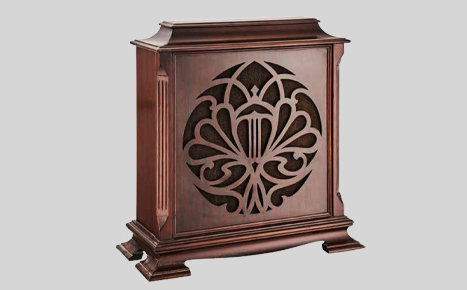
Along Comes Rola
Through much of the 1930s, British Rola, an offshoot of the Rola Company of Cleveland, Ohio, had been operating almost in lockstep with Celestion. With Celestion now based at its plant in Kingston-upon-Thames, British Rola had been making similar products in north west London.
By 1933 half the households in Britain owned a radio, and Rola and Celestion competed for the home and export markets, their products influenced by the same changes in the wireless receiver market. As the receiver became more sophisticated and smaller, the loudspeaker began to be more often housed within the receiver cabinet itself, rendering the separate speaker unit unnecessary. Products were often developed to a client manufacturer’s specification—and this was the fertile market being chased by both companies.
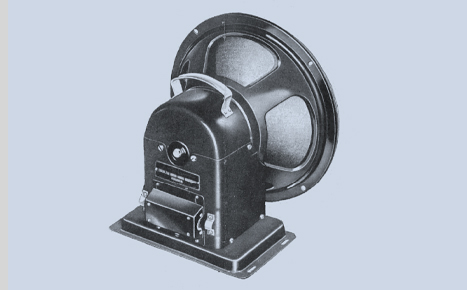
Rola Celestion
On 31 July 1946, in a bold move for rapid growth just as post-war austerity was beginning to bite, speaker manufacturer British Rola acquired Celestion, eliminating a significant competitor and increasing exports in one fell swoop. In the summer of 1948, Celestion vacated the Kingston-upon-Thames factory, and production machinery and personnel moved to Thames Ditton. The two company names became braided together as Rola Celestion Ltd, and Celestion was adopted and registered as the trademark for the company’s product.
However, the new company hit problems before it really had a chance to get started when the creditors came calling. The aftermath of the post-war fuel crisis and the slow fit-out of Ferry Works, as well as lower-than-expected loudspeaker sales, meant that there was not enough cash in the coffers and the receivers were called in.
Based in the Wembley area of North London, Truvox, was well known for its public address speakers and systems that included horns and loudspeakers for cinemas as well as acoustic devices such as re-entrant horns that the company had developed for wartime use.
In November 1949 Rola Celestion’s survival was finally guaranteed when the deal was completed and the company was bought out of receivership. Truvox’s public address loudspeaker systems would soon be folded into the diverse and growing product range of Rola and Celestion, and for the next two decades it was under the Truvox umbrella that Celestion would flourish.
